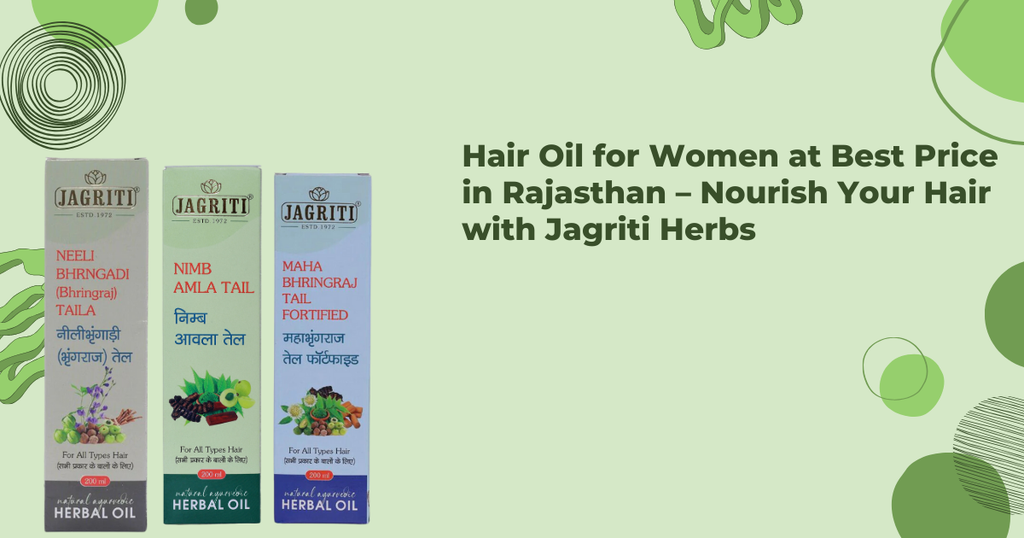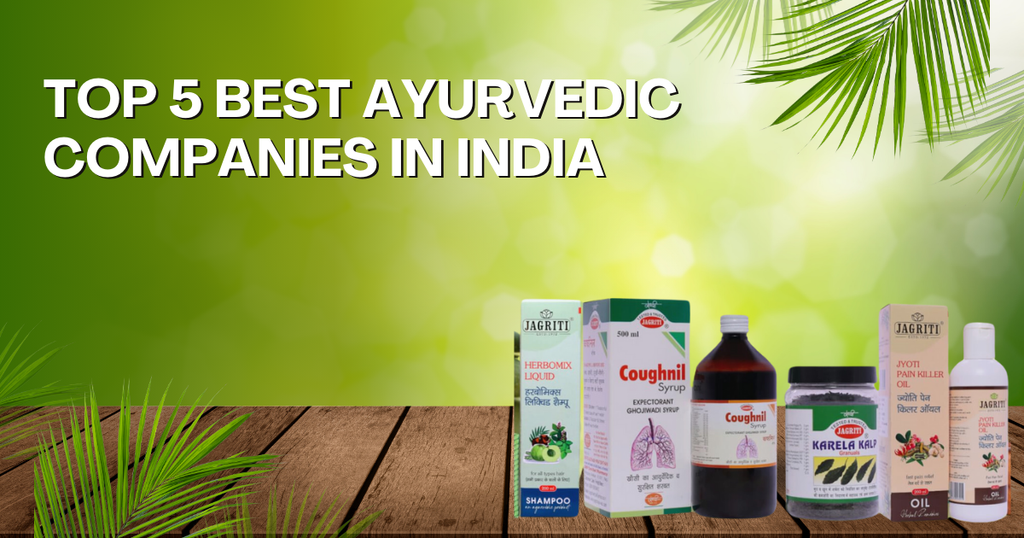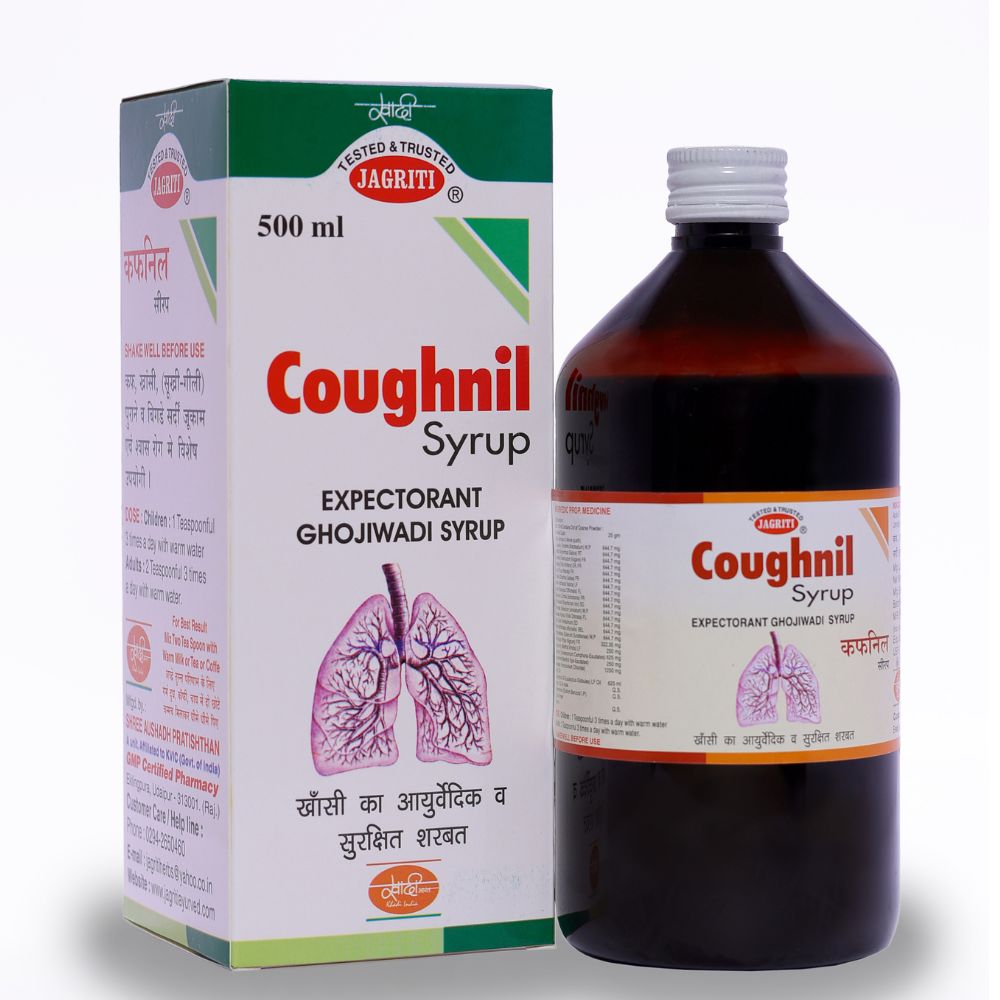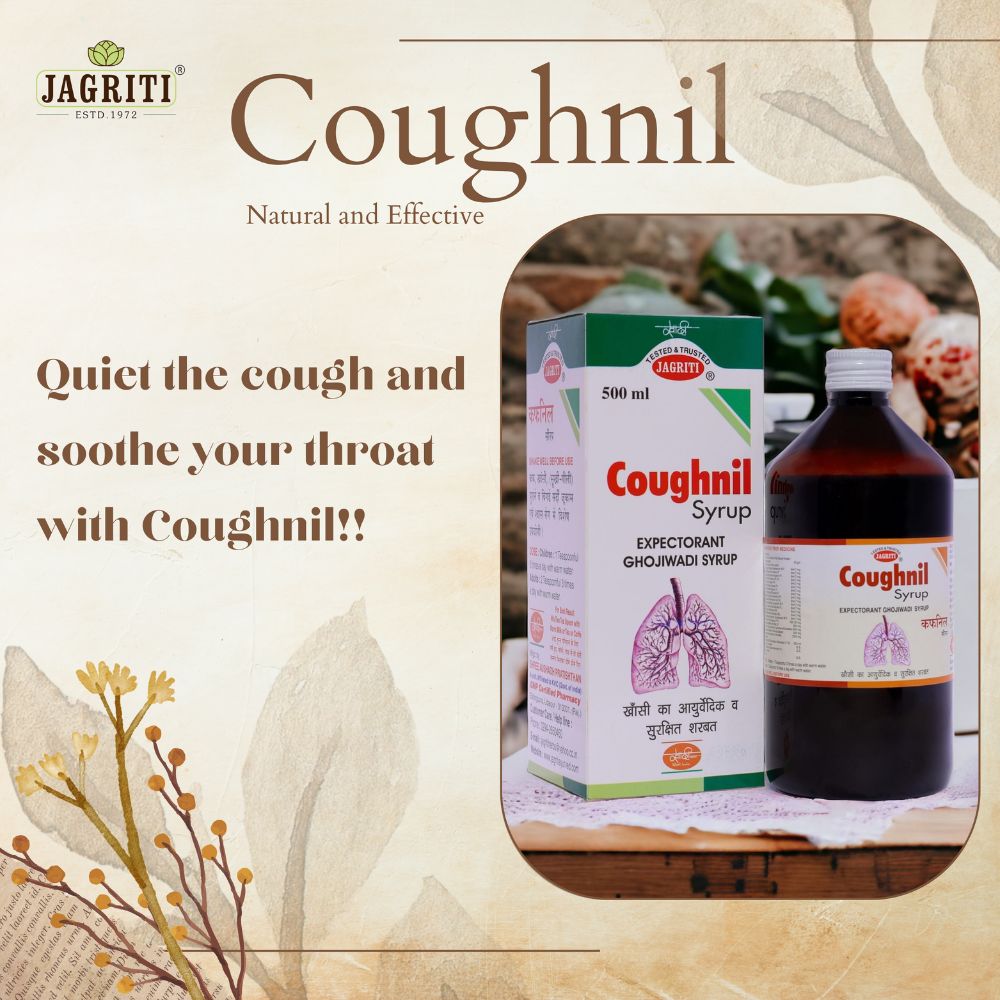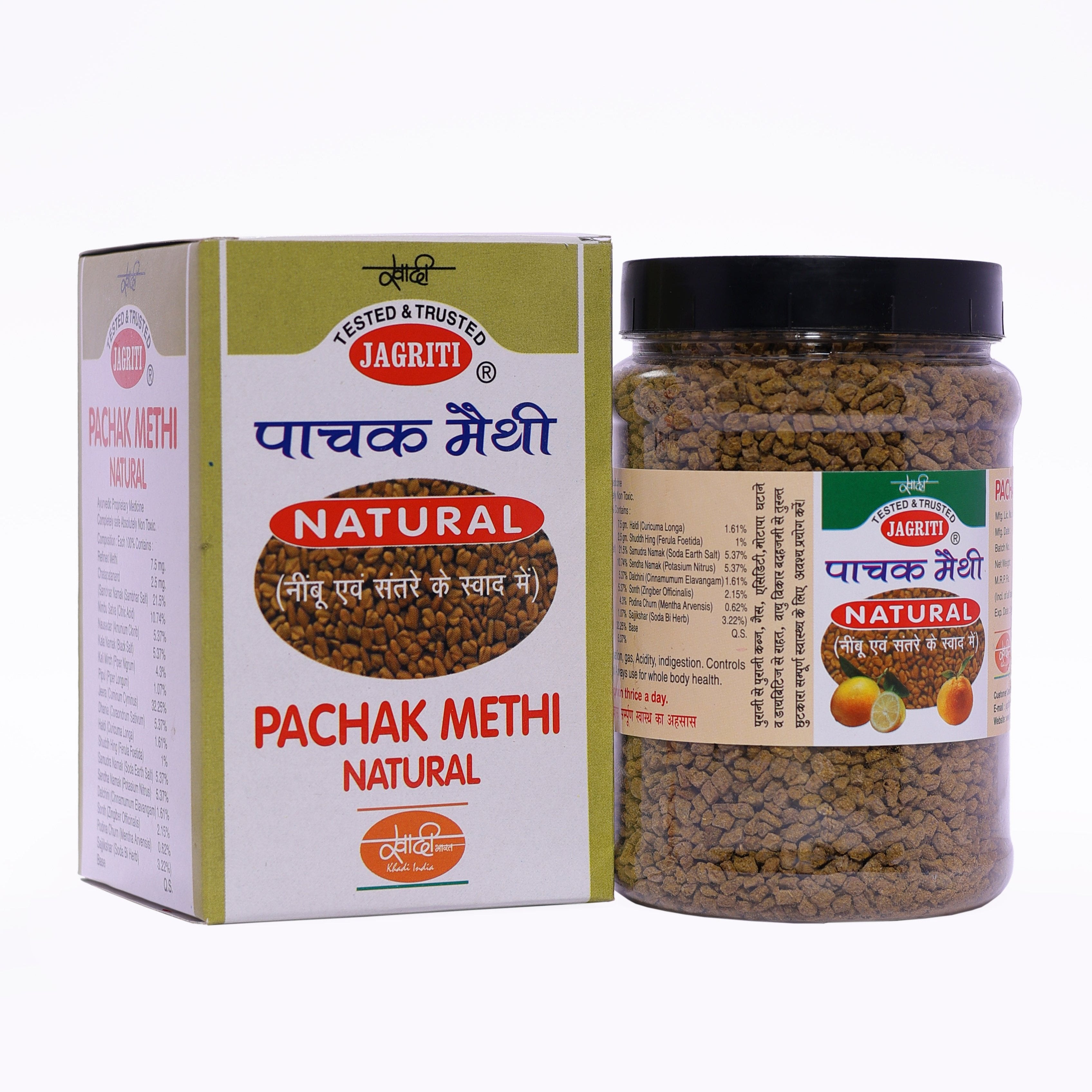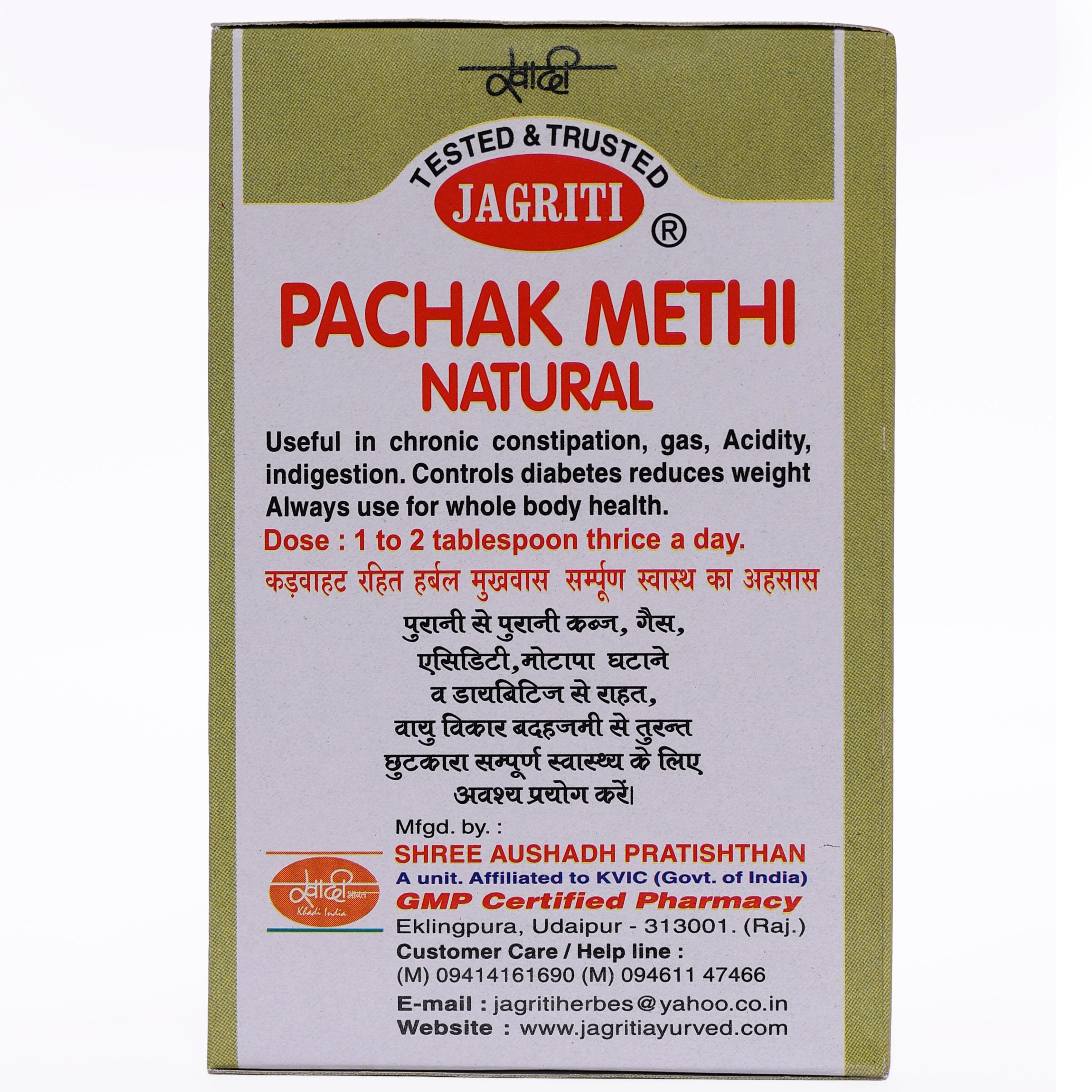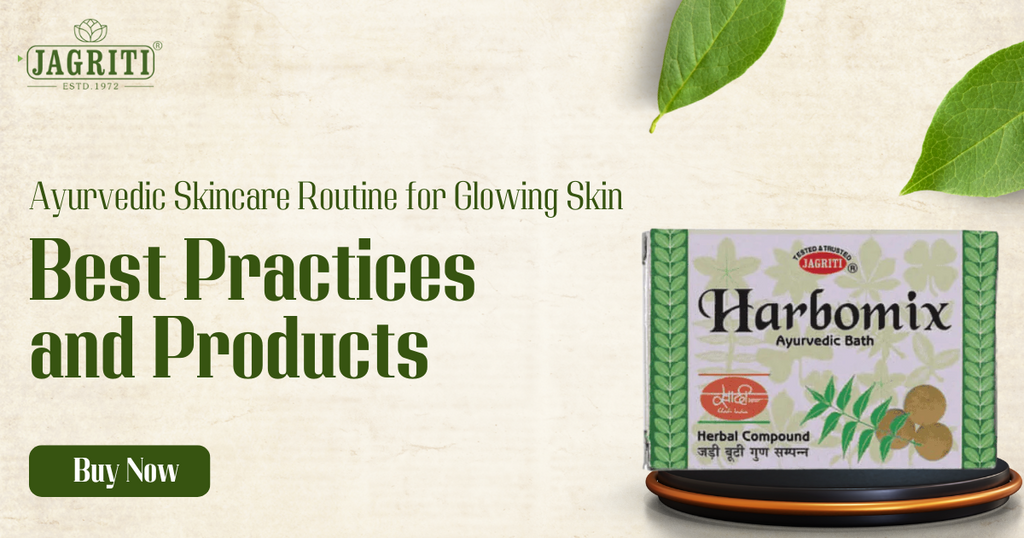
Ayurvedic Skincare Routine for Glowing Skin: Best Practices and Products

Many want to achieve glowing skin; however, most people go for harsh methods or synthetic chemicals. An Ayurvedic approach to skincare can offer people natural and holistic skin care from the ancient roots of Indian practice. Just by knowing your type, using herbal products and making changes in lifestyle, you will get radiant skin, which reflects your inner health and wellness. In this blog, we shall outline the best ways of an Ayurvedic skincare routine and mention two excellent products from Jagriti Herbs: Herbomix Soap and Neem Soap.
Understanding Ayurveda
Ayurveda is the knowledge that originated thousands of years ago, speaking of balance in body, mind, and spirit. The system of Ayurveda divides people into three major doshas-Vata, Pitta, and Kapha, where each type represents a particular combination of five elements-earth, water, fire, air, and space. Each dosha has some distinct features that define physical characteristics, emotional tendencies, and weaknesses to diseases and health issues.
Ayurvedic skincare emphasizes the natural specific ingredients tailored to one's dosha to balance and heal the skin. The approach emphasizes not just topical treatments, but dietary and lifestyle modifications as well to ensure profound well-being.
The Importance of an Ayurvedic Skincare Routine
A daily, habitual Ayurvedic skincare routine may result in a radiant skin tone due to:
- Purification and detoxification: ridding impurities or toxins that can destroy your glow or cause breakouts.
- Nourishment and hydration: providing the nutrients that can keep your skin healthy and supple.
- Balancing: finding ways that really target root causes of whatever issues connected with your dosha.
- Healing: using natural ingredients known to contribute to the healing of common diseases of the skin.
- Glowing skin: This therefore, would imply managing to pursue holistic practices that make your skin more beautiful and feed on your inner health.
Best Practices for an Ayurvedic Skincare Routine
1. Determine Your Dosha
The first step in an Ayurvedic skincare routine is usually to know your dosha. You can take an online quiz, or you might seek the help of an Ayurvedic practitioner. Your dosha will enable you to select the most ideal ingredients and products to be used on your skin:
- Vata: The type tends to be more dry, sensitive, and thin-skinned, hence it needs deep hydration and nourishments. Pitta: Known with oily or mixed skin, the Pitta person may have acne and redness. The cooling ingredients help this dosha. Kapha: The persons belonging to the Kapha dosha are obviously very thick and oily-skinned. They tend to prefer purifying and lightening products, which control excess oiliness and prevent eruptions.
2. Cleanse with Natural Soaps
The most elementary step is cleaning. Ayurveda states that gentle cleansing with respect to natural oils of the skin is essential. Jagriti Herbs has offered two excellent soap varieties, including Herbomix Soap and Neem Soap
1. Herbomix Soap
Herbs such as neem, tulsi, and so on are used to make Herbomix Soap. This is one of the premium grade products that are usable for all types of skins. It rejuvenates and nourishes the skin, thereby making it applicable to all kinds of skin types.
Key Ingredients and Benefits:
- Neem: The antibacterial property of neem has helped in curing and preventing the occurrence of acne, while it is good for the health of the skin as well.
- Tulsi: This is an ingredient based on the holy basil and has anti-inflammatory as well as detoxifying properties.
- Aloe Vera: Moisturize the skin to leave it soft and relaxed. It also nourishes the skin.
- Triphala: It's a strong formulation with detoxifying and rejuvenating abilities.
Benefits:
- Antibacterial and Antifungal: Prevents the infestation of infection on your skin through treating any infection such as itching, acne, and fungus on the skin - making your skin clear and fresh.
- Moisturizing: Balances the moisture level on the skin while offering it a smooth, silky texture.
- Acne Reducer: It reduces acne and dark spots on your skin, giving you clear skin.
- Gentle Cleansing: Can make a refreshing and nourishing cleanse for your skin without damaging any harmful chemicals for your skin.
Using Herbomix Soap daily transforms your cleaning ritual into a rejuvenation experience.
2. Neem Soap
Neem Soap is formulated with neem oil from the seeds of the Neem tree or Azadirachta indica. In general, neem soap has been proven to exhibit powerful antibacterial, antifungal, and anti-inflammatory effects and helps in the prevention and treatment of skin-related conditions.
Key Ingredients and Benefits:
- Neem: One can make ointments or creams with this oil that will soothe and reduce inflammation on the skin and can keep away acne and infections of the skin.
- Aloe Vera: hydrating and nourishing quality makes your skin soft and supple.
- Tulsi: balms and anti-inflammatory properties.
Benefits:
- Day to Day Cleansing: One can use it for daily cleansing purposes to maintain the general health of your skin.
- Spot Treatment: It can be applied directly to the affected area to treat acne and infections.
- Antioxidant rich: It protects your skin from environmental damage, reduces signs of aging like wrinkles, and fine lines.
- Natural insect repellent: good for outdoor adventures.
Neem soap can be very beneficial if used as part of your daily skincare regimen. It can boost the health of your skin while preventing many commonplace skin-related problems.
3. Exfoliate Regularly
Frequency: How often should you exfoliate? You must remove dead skin cells and encourage new one-cell formation. However, irritating physical exfoliants can compromise the integrity of the barrier. Try these natural exfoliants:
- Oatmeal: With yogurt or honey as a soothing mask that exfoliates
- Sugar or Salt Scrubs: With coconut oil as a hydrating scrub.
- Chickpea Flour (Besan): This flour is known for brightening properties: mix with turmeric and yogurt for a great natural exfoliating mask.
Exfoliate 1-2 times a week. The frequency should be adjusted in accordance with your skin's needs.
4. Nourish with Herbal Oils and Serums
After cleansing and exfoliating, one must nourish the skin. There is no better way than Ayurvedic oils to hydrate and rejuvenate the skin. Here are some very popular ones:
- Coconut Oil: It is useful for Vata and Kapha doshas and nourishes and brings moisture to dry skin.
- Sesame Oil: Can be applied to Pitta dosha, sesame oil tends to warm and is also very moisturizing.
- Almond Oil: Since almond oil is beneficial to all doshas, it has Vitamin E as well as Vitamin A; these oils nourish as well as hydrate.
Remember with oils: a little is truly a lot. Use 2-3 drops applied gently to face and neck, where you massage them in for absorption.
5. Apply Herbal Masks
Herbal masks added to your routine one to two times a week will give your skin that extra nourishment and treat specific skin problems. Here are some Ayurvedic mask ideas:
- Turmeric and Yogurt Mask: It is a good-looking mask brightening the skin and anti-inflammatory. Mix 1 tsp of turmeric with 2 tbsp of yogurt, apply on the face, and let it be for 15-20 minutes and then rinse off.
- Honey and Besan Mask: This is one of the best masks for acne-prone skin, as it cuts down extra oil produced in the skin and tries to lighten up the complexion. 2 tablespoons besan, 1 tablespoon honey, and lemon juice are to be mixed and applied on face for 15 minutes.
- Aloe Vera Gel: The pure gel of aloe vera can be used as a soothing mask for moisturising and soothing the skin especially after sun exposure.
6. Hydration is Key
Hydration is something on which healthy skin thrives; hydration is achieved when you take water during the day. Hydration of the skin eliminates toxins and can help your skin stay healthy with herbal teas like chamomile, green tea, and tulsi tea, which are replete with antioxidants that help subdue the inflammatory properties of your skin.
7. Maintain a Balanced Diet
It is as important to the health of your skin as the others. Eat whole and include:
- Fruits: berries, oranges, papayas-these are all packed with antioxidants and vitamins.
- Vegetables are foods that are high in nutrition to help bring one glowing skin such as leafy greens, carrots, and sweet potatoes.
- Healthy Fats: Your skin needs it to become plump and hydrated; so make sure you have avocados, nuts, and seeds that contain your required amount of omega-3 fatty acids.
Avoid too much sugar, processed foods, and fried foods-all of which can make you inflamed and have sensitive skin.
8. Adopt a Healthy Lifestyle
- Physical Exercise: Regular exercise will increase the blood flow to the skin, ensure enough oxygen and nutrients are provided to the skin, and detoxify your skin through sweating.
- Sufficient Sleep: You should sleep for 7 to 8 hours a day with a good quality sleep. Lack of sleep damages the body and thus has effects on appearance.
- Stress Management: Do yoga, meditation, or deep breathing to reduce stress. Too much stress can bring out breakouts and skin problems.nd other skin issues.
9. Sun Protection
Protect skin from potential harm caused by UV rays. Use all-natural sunscreens that contain mineral ingredients like zinc oxide. Other measures to prevent damage are the use of protective clothing and shade during peak sun hours.
10. Listen to Your Skin
Every person's skin is different and may have its own needs. One often has to listen to one's skin and chan
ge one's routine accordingly. Observe any adverse reaction and stop the use of a few products and consult a dermatologist or Ayurvedic practitioner.
Conclusion
An Ayurvedic skincare routine for glowing skin is holistic and integrated with natural products, healthy habits, and mindful living. Understanding one's dosha as well as gentle but effective products such as Jagriti Herbs' Herbomix Soap and Neem Soap has the potential to nourish the skin and make it radiant.
Remember, consistency is a key. Let this natural journey and, with time, you discover the beauty of good-looking skin from within. Your skin reflects your overall health; therefore, take care of your well-being and let your inner radiance shine through.
FAQs about Ayurvedic Skincare Routine
Q- 1. Why use natural ingredients in Ayurveda?
Ans Natural ingredients complement the body's processes and do not result in severe side effects; instead, they provide slow nourishment and benefits to overall skin health.
Q- 2. How do I find my skin type in Ayurveda?
Ans Skin types are classified under three doshas: Vata, Pitta, and Kapha. To obtain one's dosha, one can either take self-assessment quizzes or visit an Ayurvedic practitioner
Q- 3. How often should I follow my Ayurvedic skincare routine?
Ans Daily face wash, toning and moisturizing. One should exfoliate and apply face mask once or twice a week.
Q- 4. Can Ayurvedic products treat specific skin issues?
Ans Yes, while ingredients like neem and turmeric do help fight acne and hyperpigmentation, etc., choose products suited to your skin type.
Q- 5. How long until I see results from Ayurveda?
Ans It would take weeks for the improvements to start as Ayurveda is more about nurturing and balance rather than quick fixes.


